 |
| Steel production is currently facing great pressure from CBAM. (Photo: VSA). |
(PLVN) - According to the roadmap of the Carbon Border Adjustment Mechanism (CBAM), from January 1, 2026, the European Union (EU) will impose carbon tax on 6 items when exporting to the EU. What needs to be done to help Vietnamese enterprises adapt to this adjustment?
Businesses need to learn carefully about CBAM
Ms. Nguyen Hong Loan, Technical Support Project Expert on CBAM Impact Assessment, commented that for new mechanisms like CBAM, businesses will be very confused in finding information and preparing response plans. Because, if only understood in the most common way, for example, currently, most people think that if businesses do not report greenhouse gas (GHG) emissions for their products, they will not be able to export their products to Europe, from there, everyone rushes to find ways to inventory GHG.
However, “If businesses do not research and do not have guidance from an official focal point, they will not be able to understand which standards they must follow to conduct their GHG inventory. Therefore, if businesses do not have a focal point to guide them, they may spend a lot of effort to prepare, but it may be wasteful, ineffective and not meet the requirements of CBAM,” said Ms. Loan.
Or, there are even businesses rushing to buy carbon credits to prepare for responding to CBAM. Meanwhile, European requirements and guidelines are still unclear and there is no recognition related to carbon pricing and credit offset mechanisms. In this case, the preparation of businesses, which seems to have advantages, on the contrary, can negatively impact the efforts of businesses and cause financial losses.
Mr. Hoang Van Tam - Department of Energy Saving and Sustainable Development (Ministry of Industry and Trade) informed that Vietnam has also established mechanisms and policies on carbon emission reduction, but the regulations of CBAM are not the same as those of Vietnam. CBAM has more extensive regulations and calculation scope. Therefore, it is necessary to have the participation of specialized agencies so that in the negotiation process with the EU, we can reach an agreement on methods, calculation methods, and scope. From there, specialized agencies will have collections and have official instructions for businesses.
Mr. Dinh Quoc Thai - General Secretary of the Vietnam Steel Association (VSA) commented that steel is one of the first 6 products directly affected by CBAM. Meanwhile, the EU is a very large market, ranking in the Top 3 largest markets for Vietnamese steel. Therefore, when there are regulations from an organization or institution far from Vietnam with a different language, there needs to be an official agency to guide businesses.
Helping businesses access green capital
Mr. Ngo Chung Khanh - Deputy Director of the Multilateral Trade Policy Department (Ministry of Industry and Trade) said that to respond to CBAM, the Ministry of Industry and Trade has proposed a number of groups of solutions. In particular, the first group of solutions is related to institutional issues, which means that an official focal point must first be identified. Next, a regulation related to carbon pricing must be developed. In addition, the Ministry also proposed support solutions such as support for businesses to reduce carbon emissions or have green capital sources for businesses to access...
Mr. Thai also said that when the CBAM mechanism was first introduced, VSA began to research information related to this mechanism. Accordingly, VSA included CBAM information in the Association's monthly newsletter to help businesses know and grasp the information and the future impact on output and export revenue to the EU market of Vietnamese steel enterprises.
At the same time, VSA and other enterprises have actively optimized, saved energy, optimized production, tried to apply measures and solutions in daily activities as well as in production operations to reduce carbon emissions, move towards green transformation as well as in the future will apply greener steel production solutions; At the same time, VSA has also basically completed the draft carbon neutral roadmap from now until 2050 in line with the national strategy on climate change.
On that basis, it will be a guide for businesses in the industry to have the necessary strategies and plans for green transformation and timely response to CBAM. However, according to Mr. Thai, in order to be able to transform, businesses also need initial support in terms of consulting, technical technology as well as capital support from green credit funds. Therefore, the Association hopes that state management agencies will also have guidance for businesses to access this credit source, how to both access credit capital and access technologies that are suitable for Vietnam's conditions and the conditions of businesses.
Notably, according to Mr. Thai, there also needs to be coordination between industries and state management agencies to create a steel production and trading supply chain, from which it is possible to access green raw materials as well as green energy, and then have customers who are willing to spend money to use green steel products, because to produce green steel, the cost will certainly increase.
Source: https://baophapluat.vn/cach-nao-giup-doanh-nghiep-ung-pho-voi-thue-carbon-post525637.html


![[Photo] Touching images recreated at the program "Resources for Victory"](https://vstatic.vietnam.vn/vietnam/resource/IMAGE/2025/4/14/99863147ad274f01a9b208519ebc0dd2)
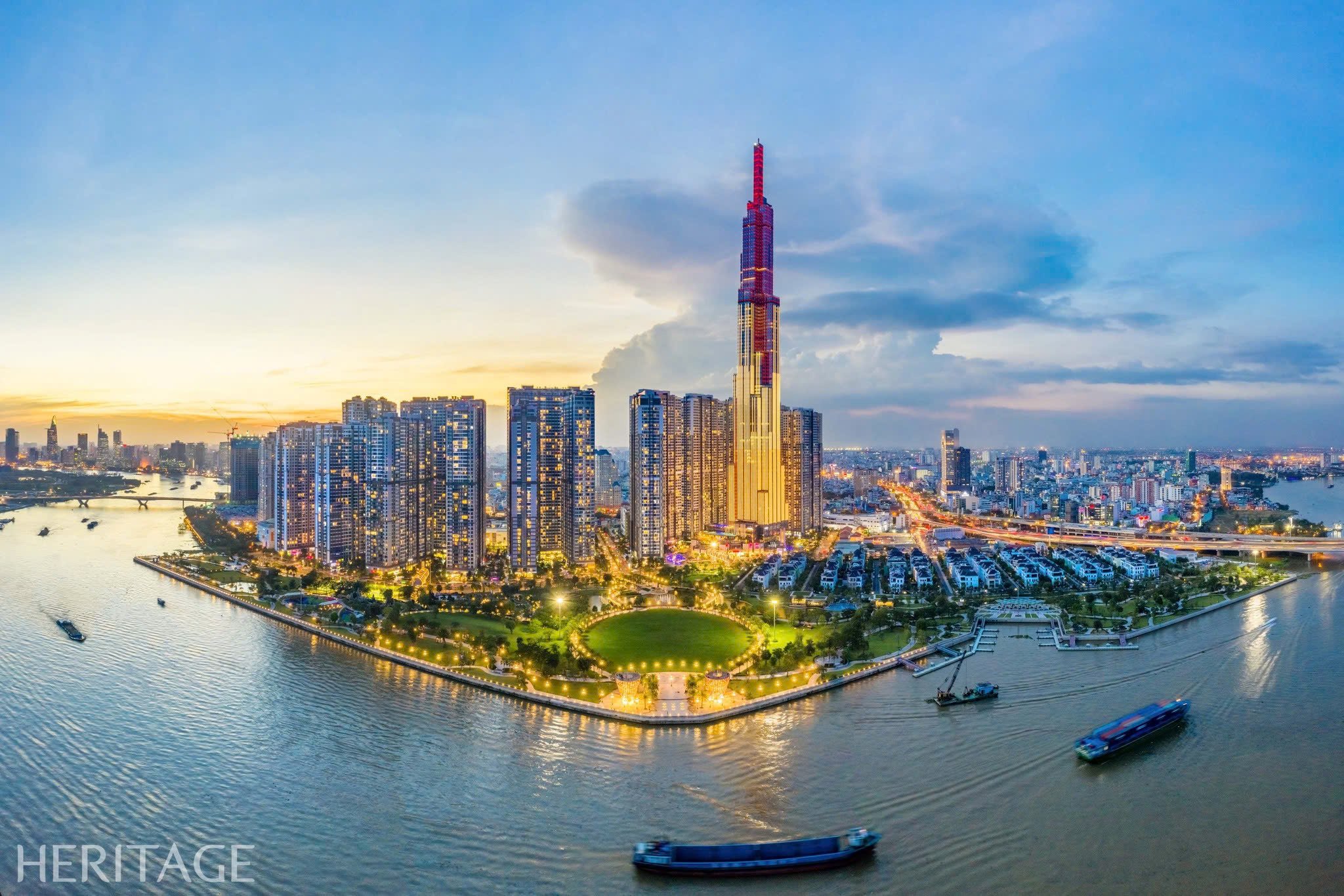

![[Photo] Children's smiles - hope after the earthquake disaster in Myanmar](https://vstatic.vietnam.vn/vietnam/resource/IMAGE/2025/4/14/9fc59328310d43839c4d369d08421cf3)
![[Photo] General Secretary To Lam chairs the third meeting to review the implementation of Resolution No. 18-NQ/TW](https://vstatic.vietnam.vn/vietnam/resource/IMAGE/2025/4/14/10f646e55e8e4f3b8c9ae2e35705481d)
![[Photo] Opening of the 44th session of the National Assembly Standing Committee](https://vstatic.vietnam.vn/vietnam/resource/IMAGE/2025/4/14/03a1687d4f584352a4b7aa6aa0f73792)
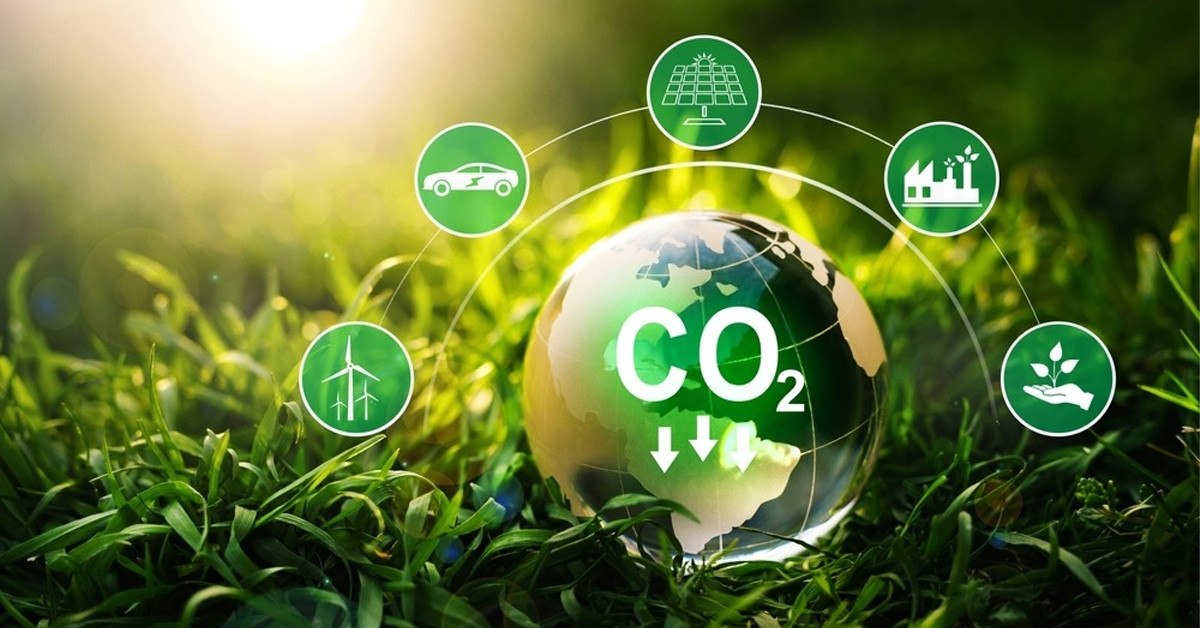

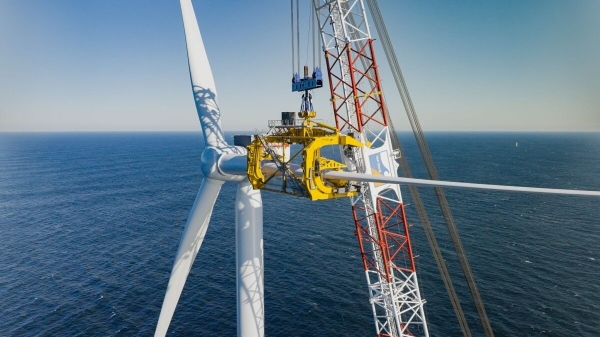

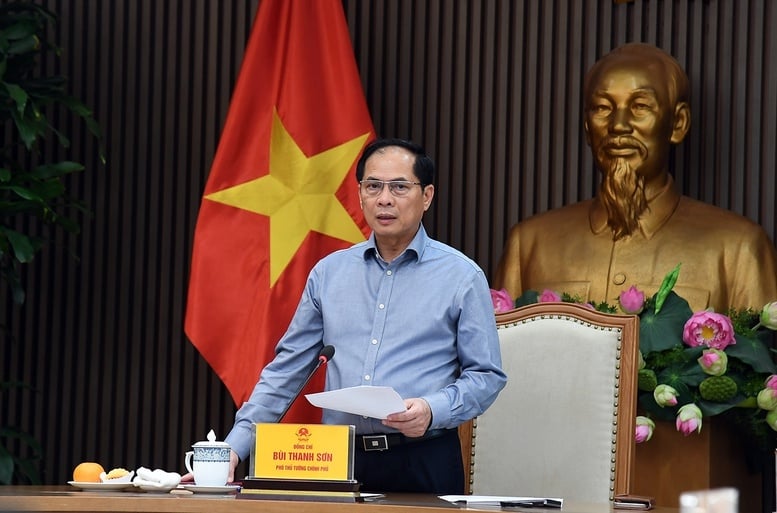

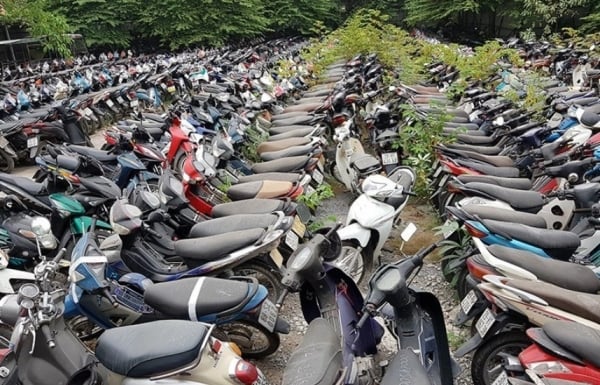
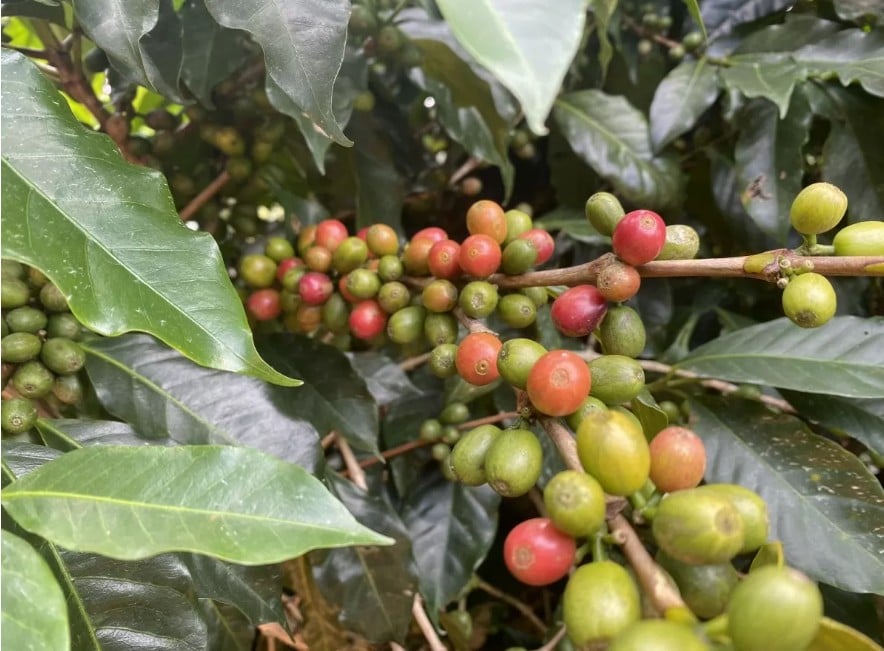
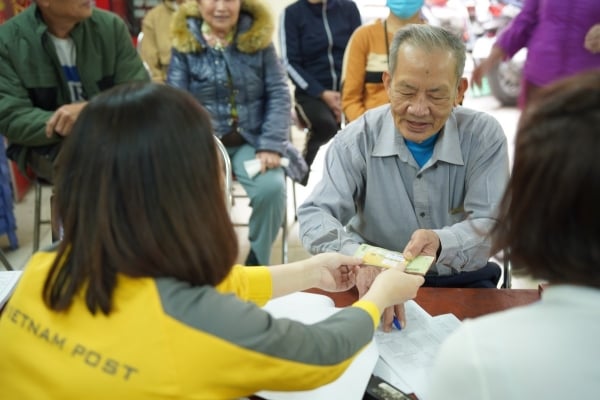
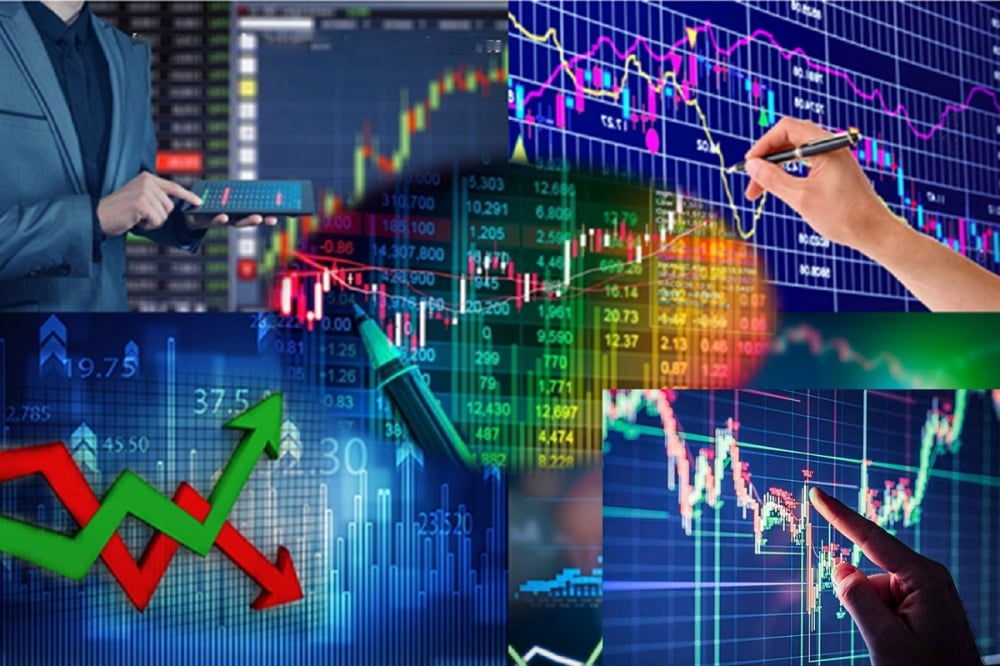




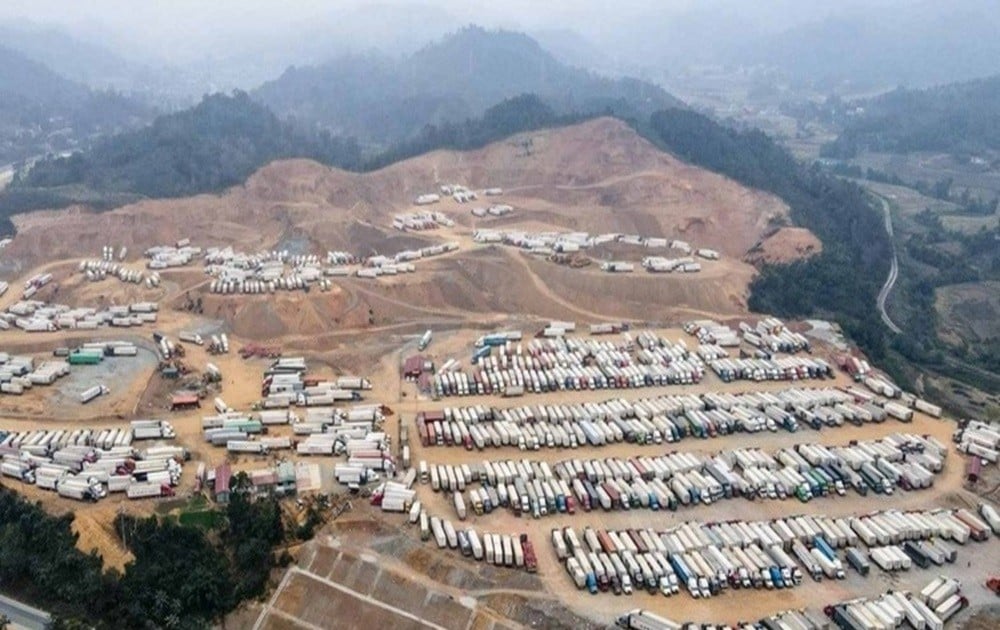
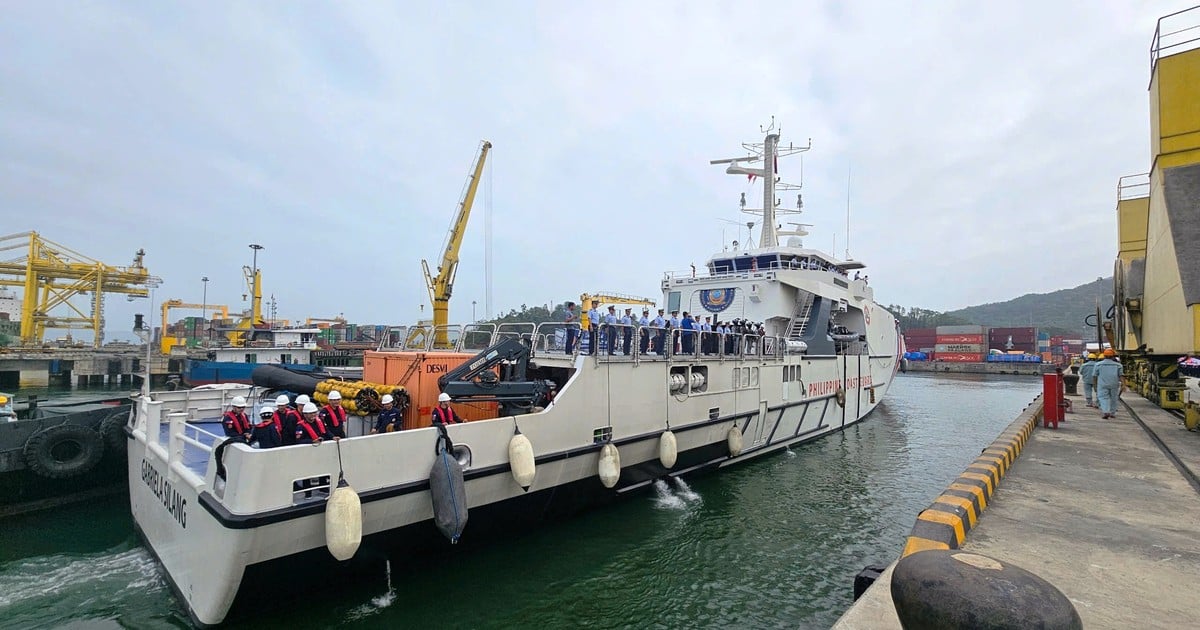




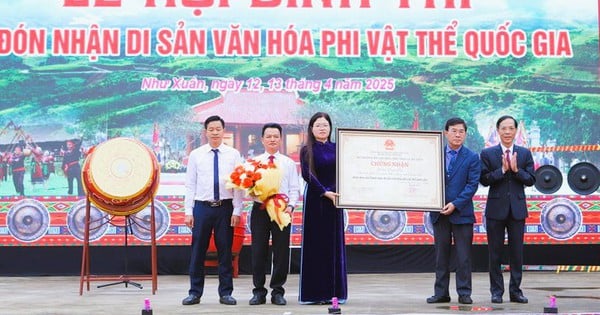



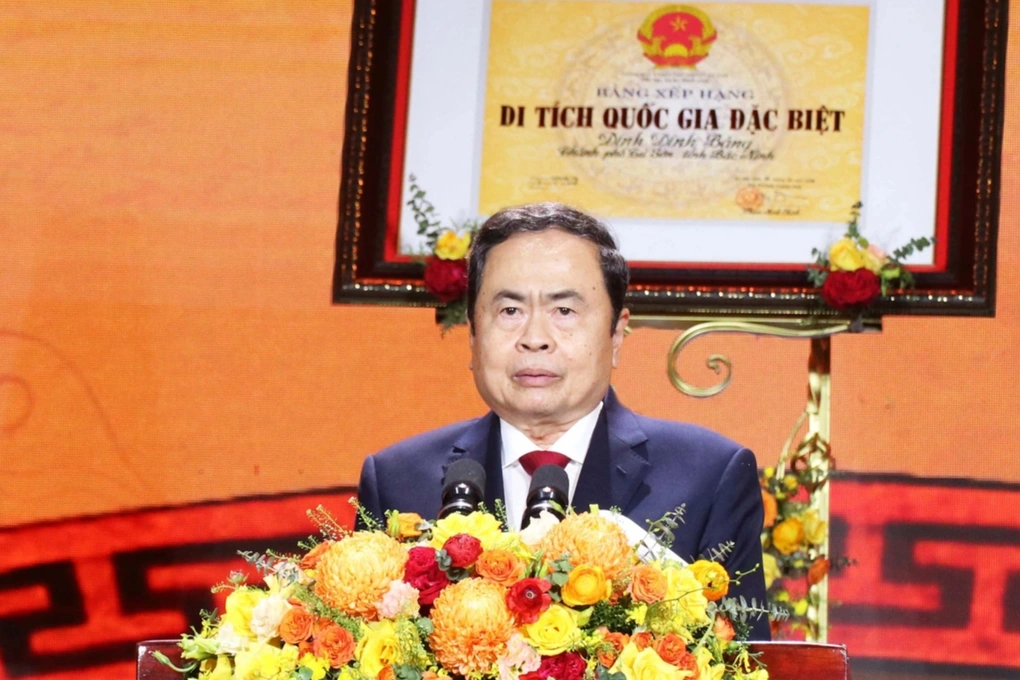












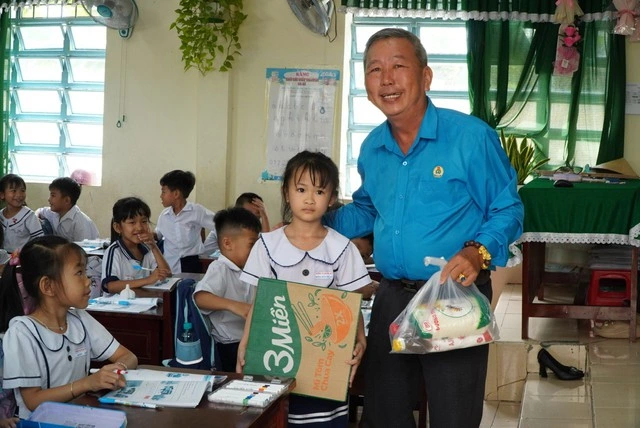

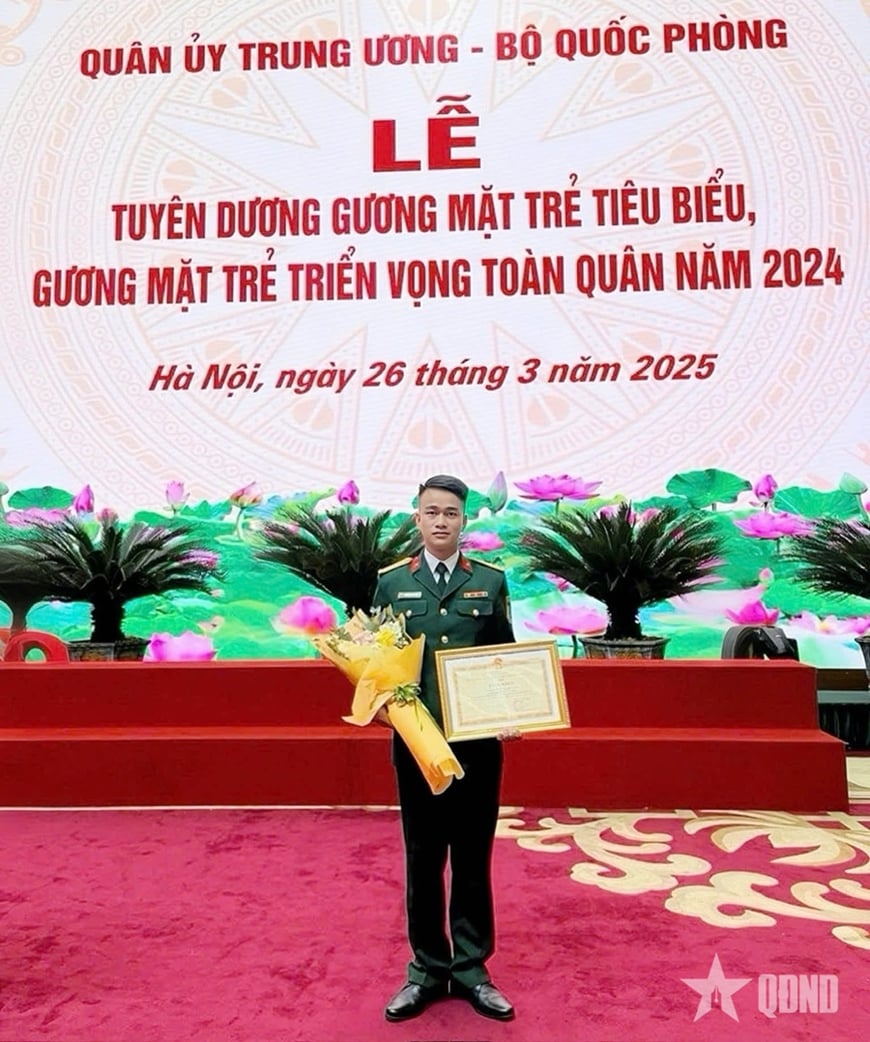











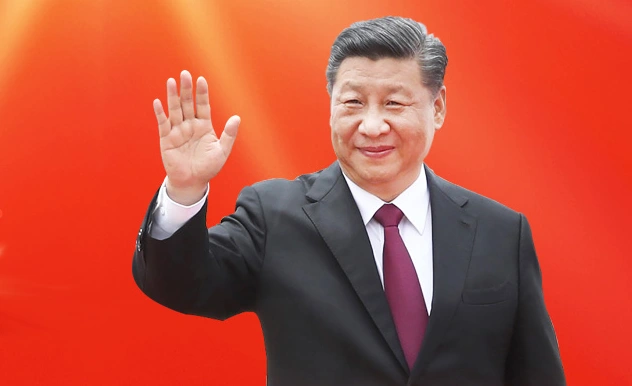
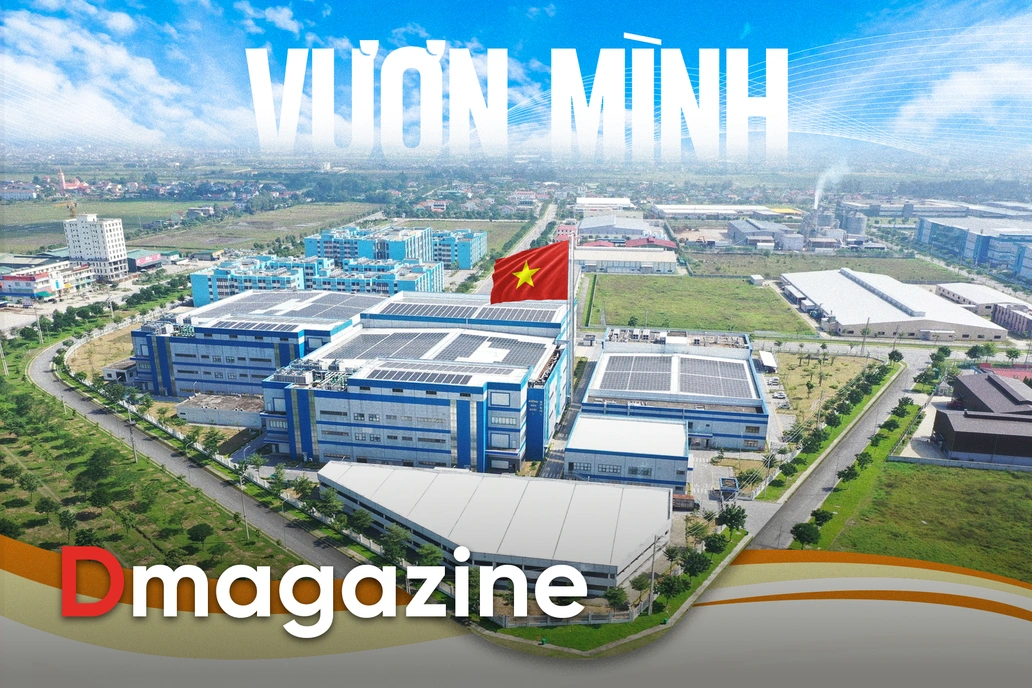
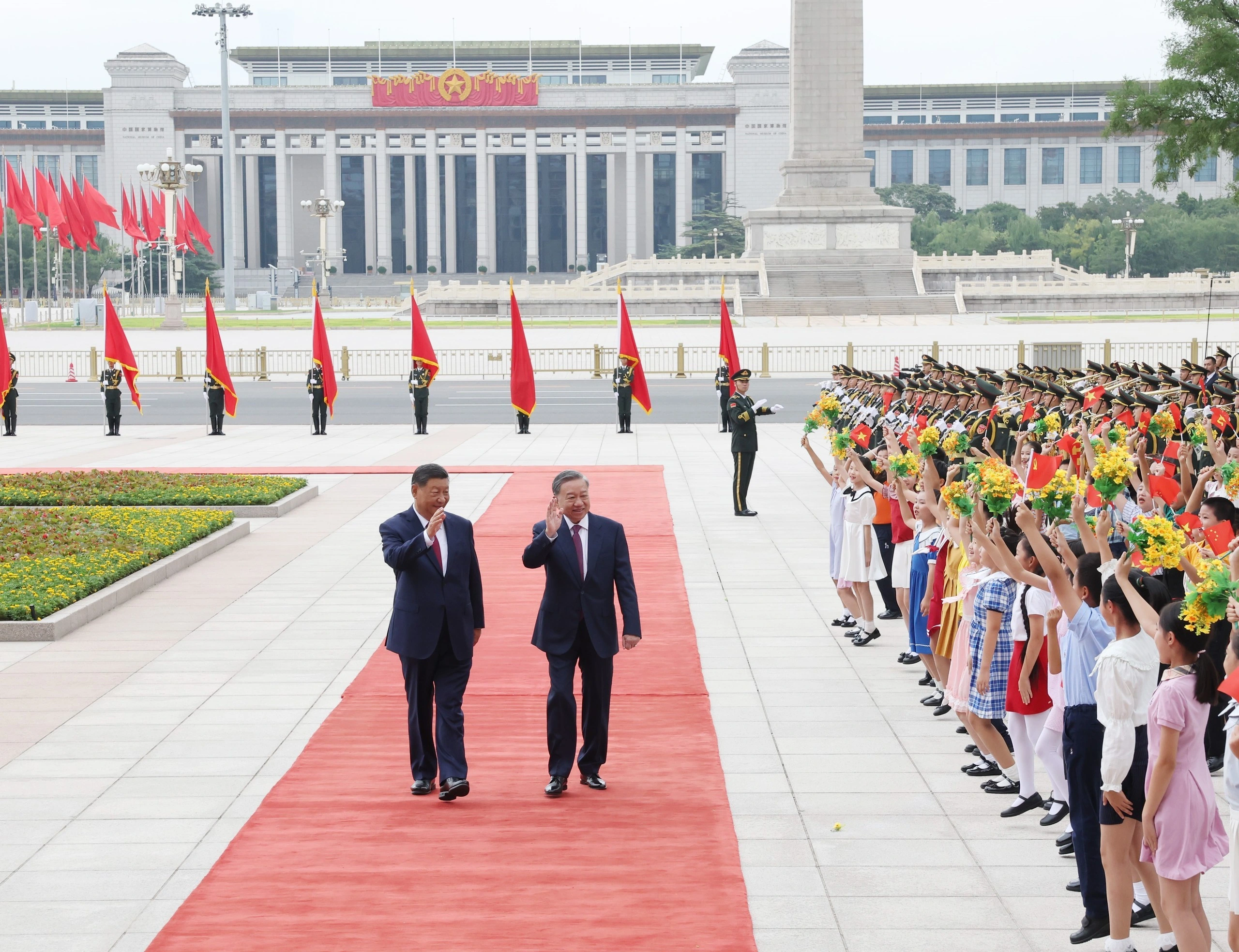
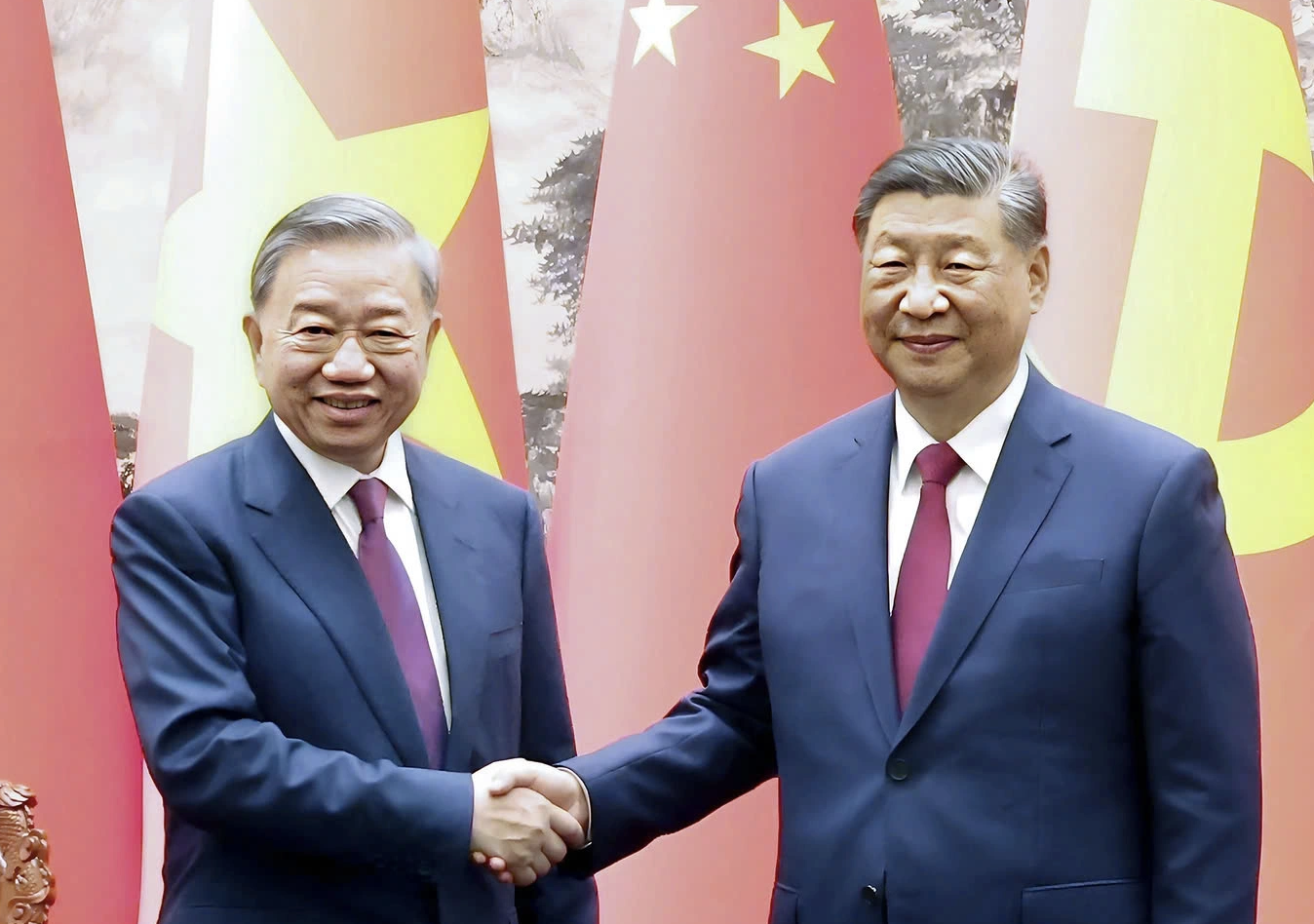
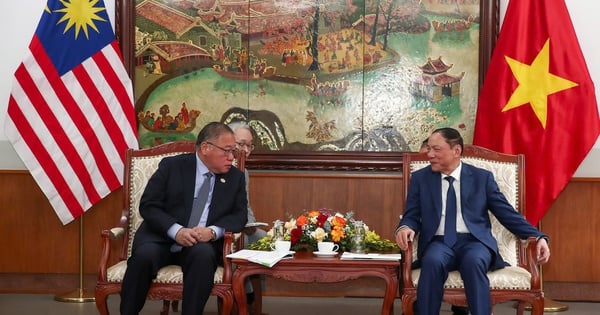


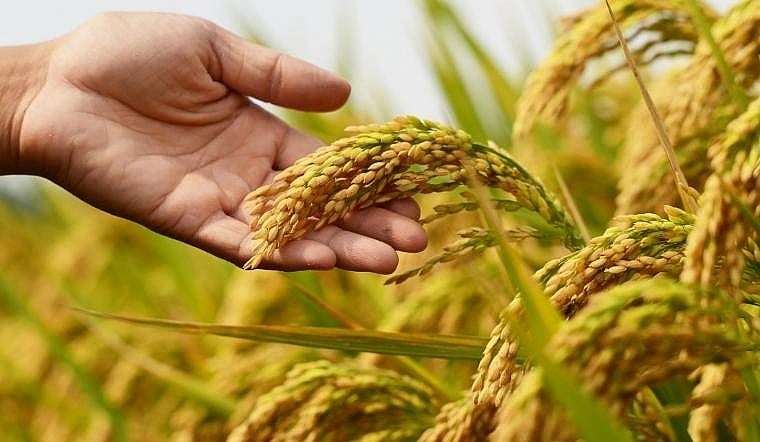

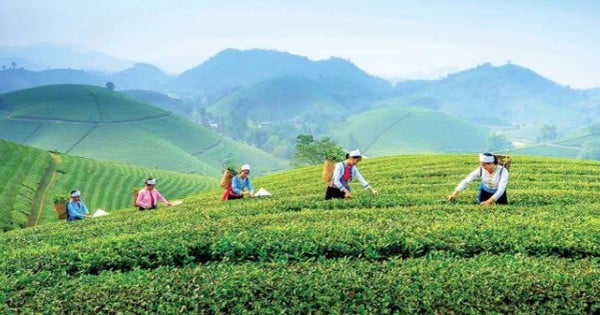
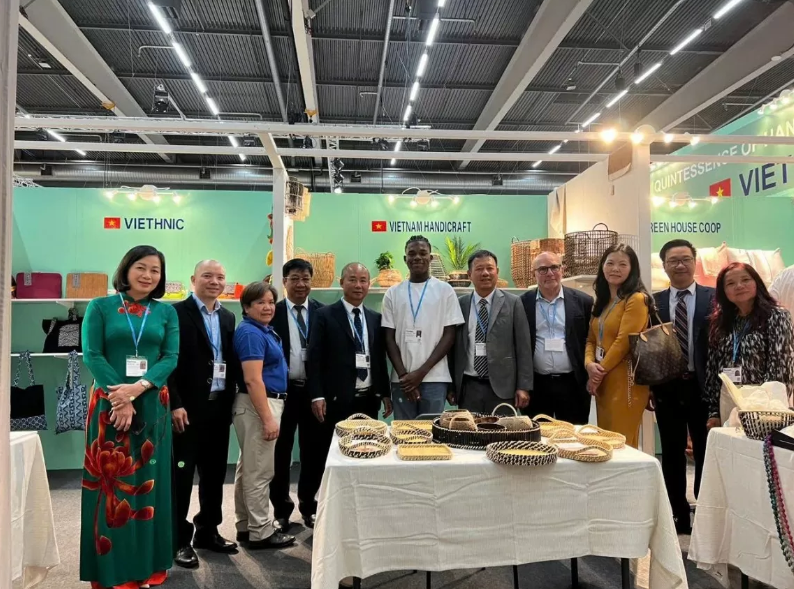

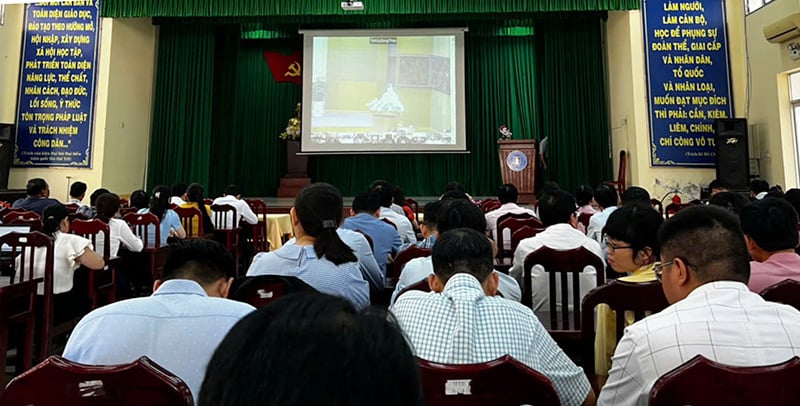
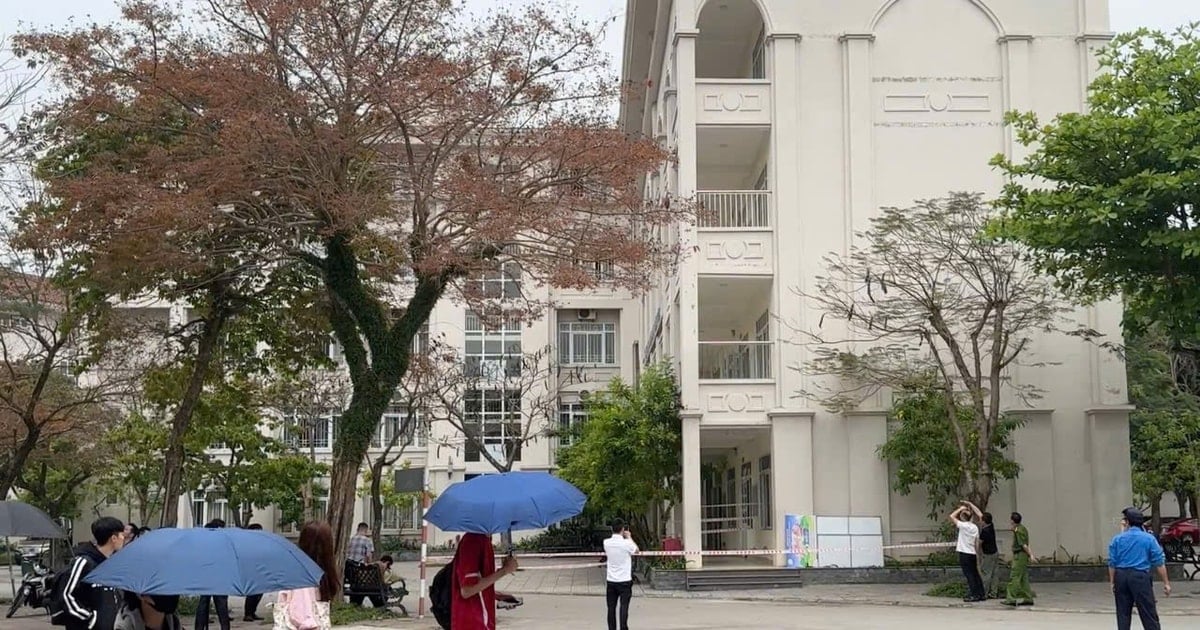

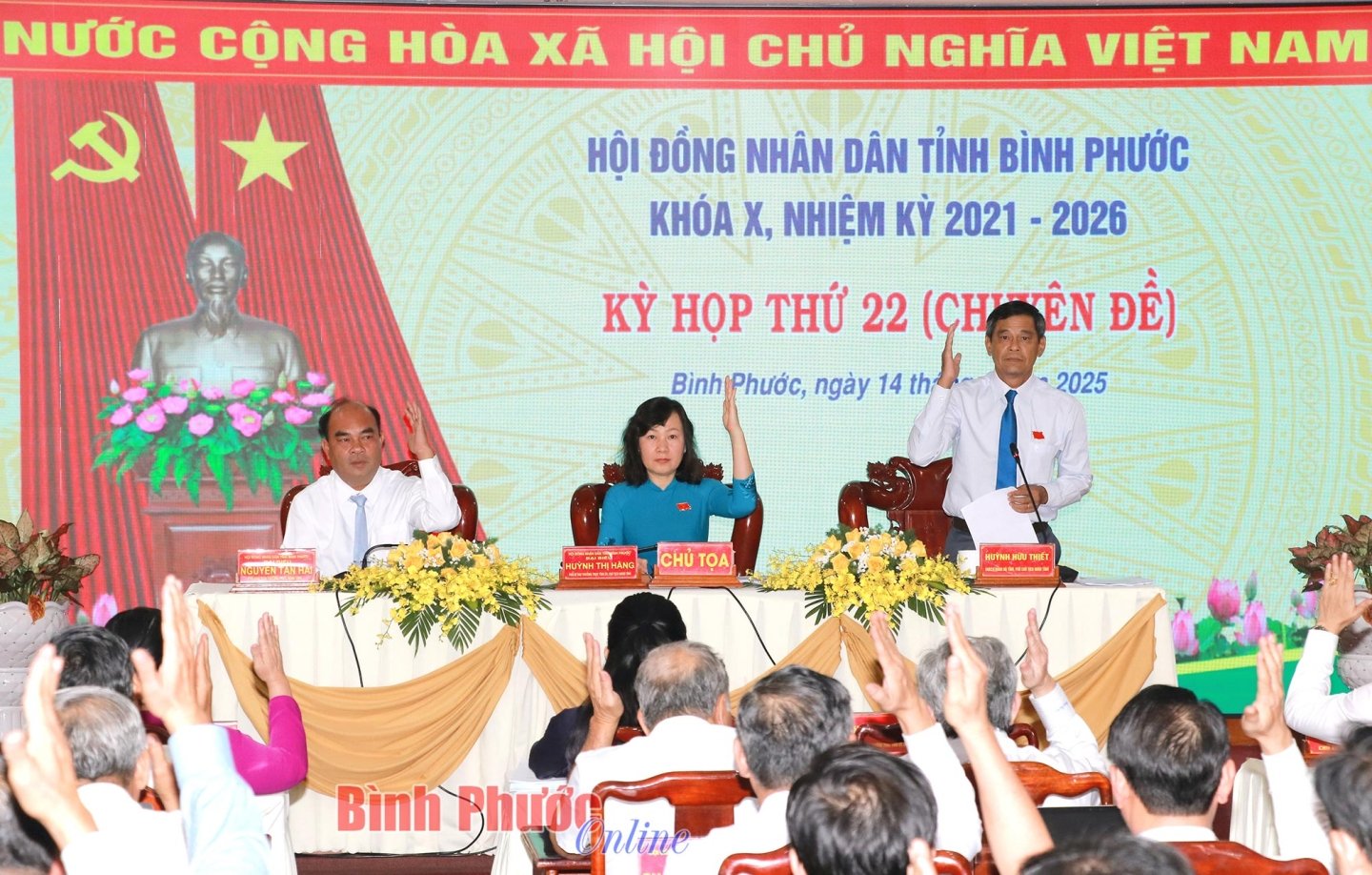
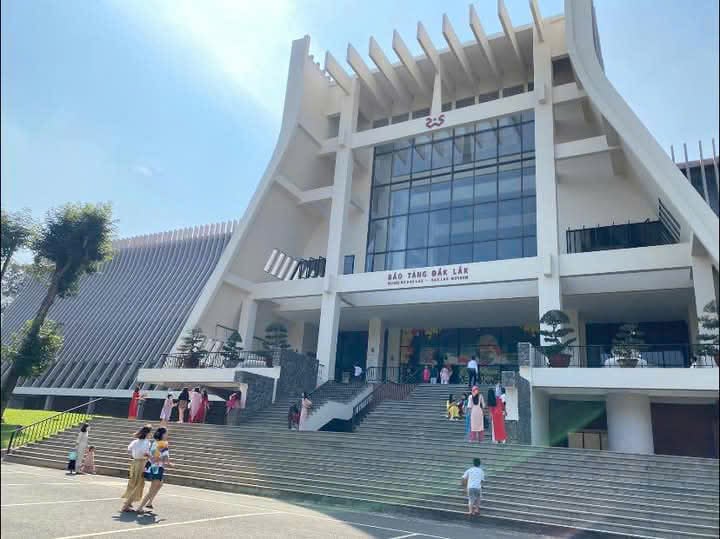
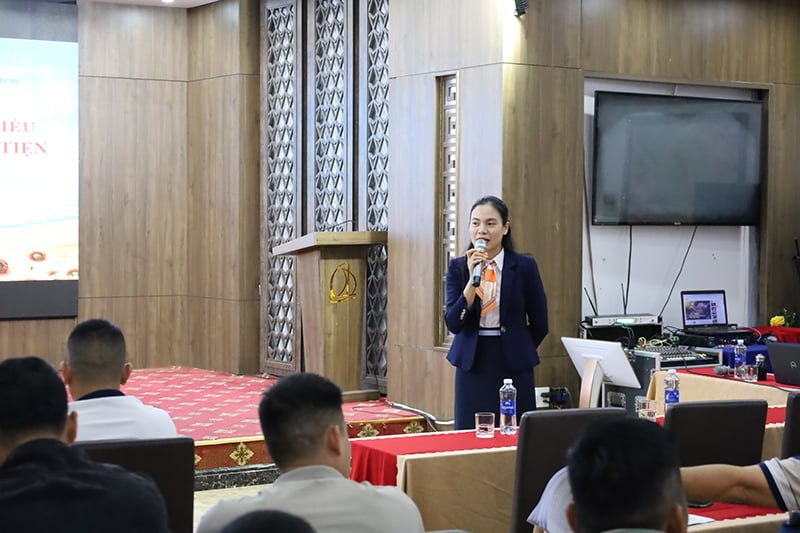


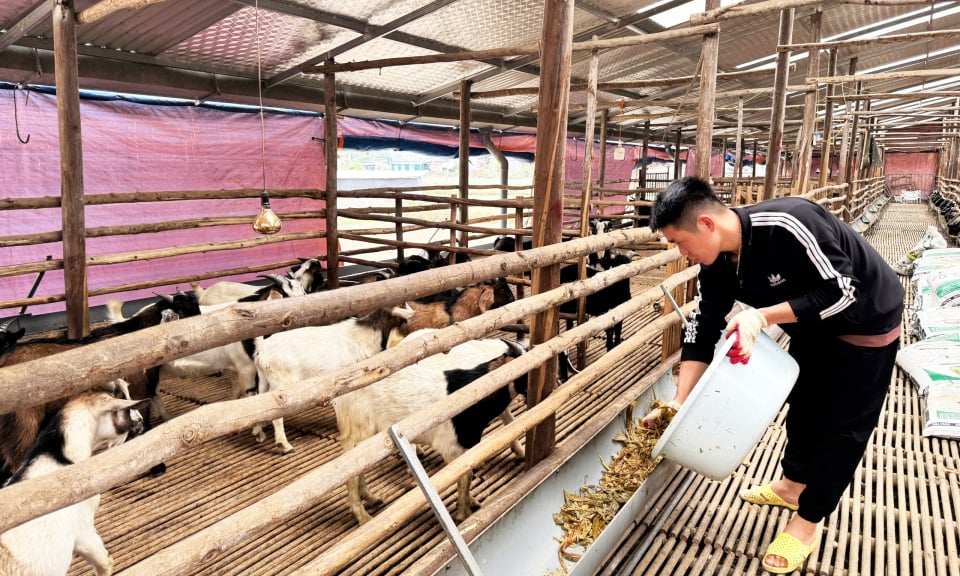

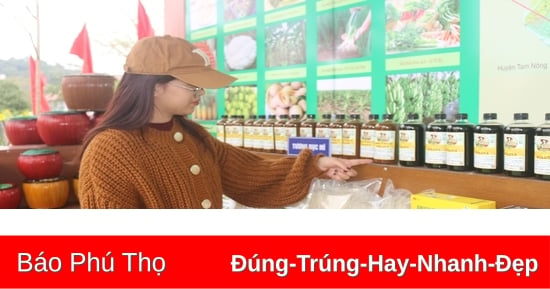







Comment (0)